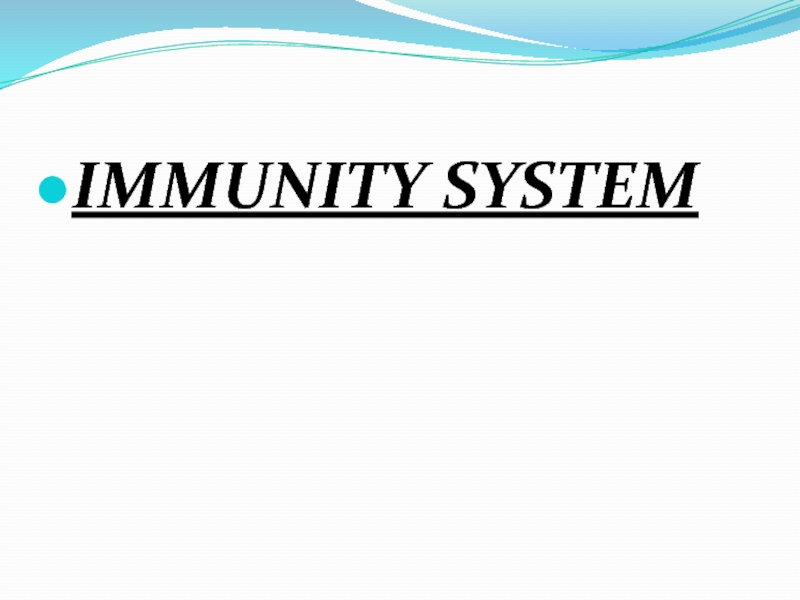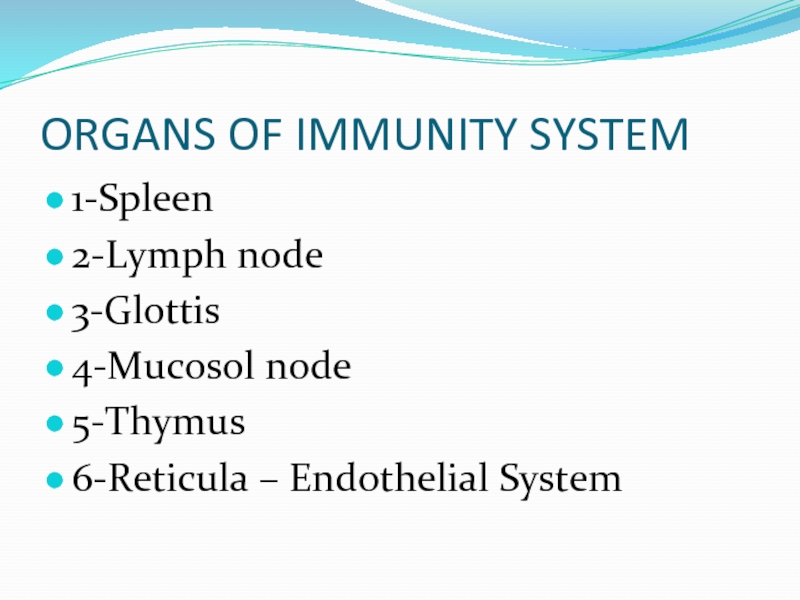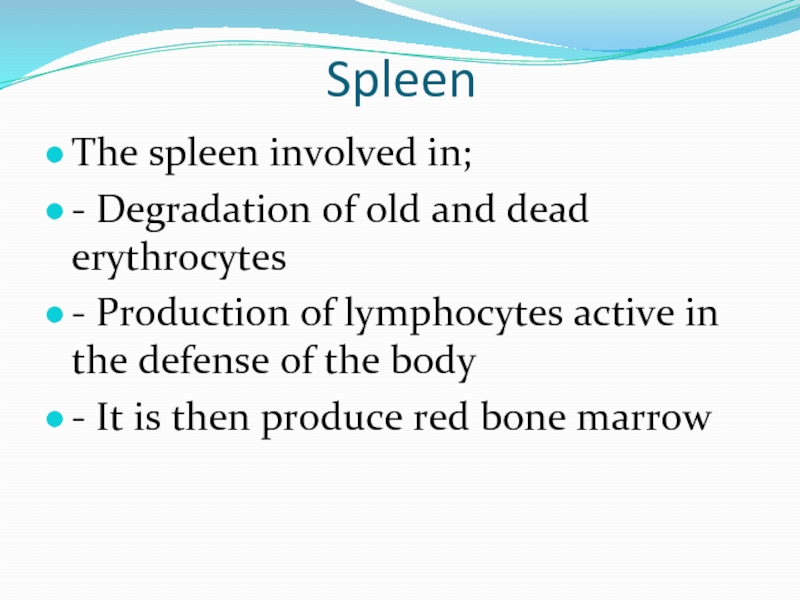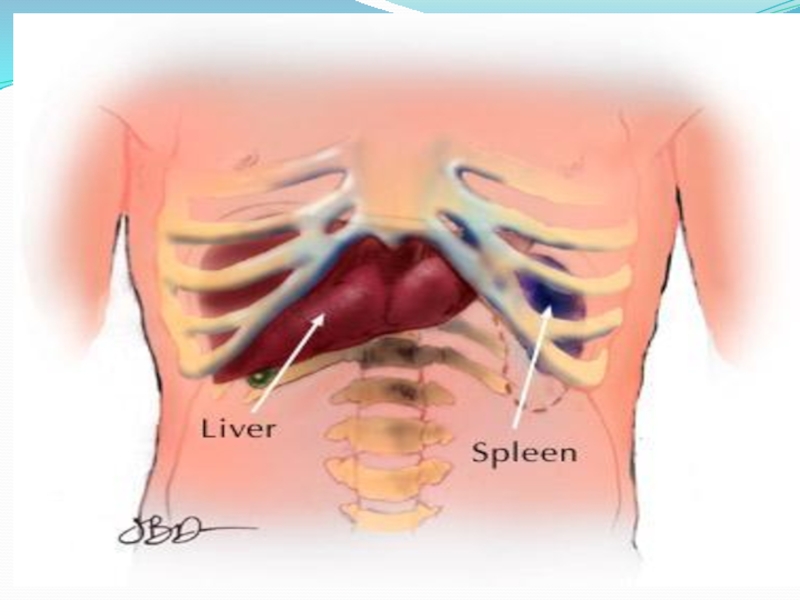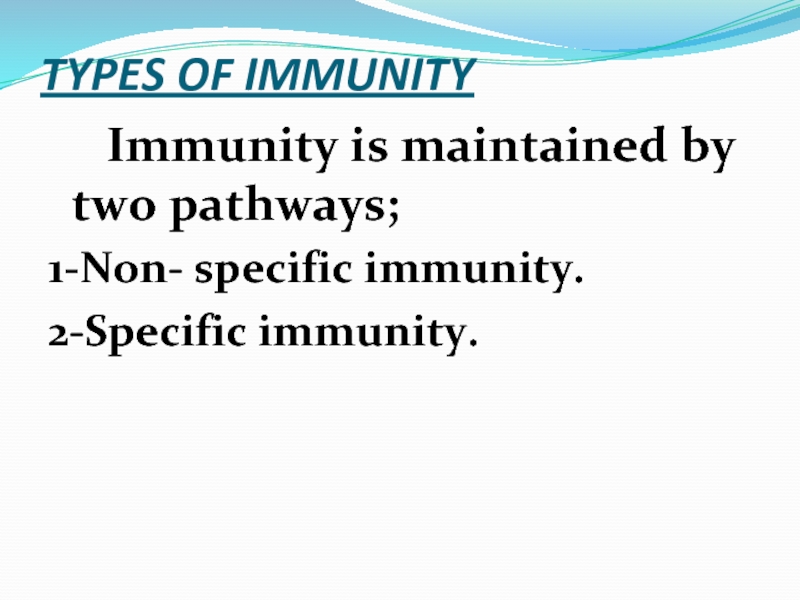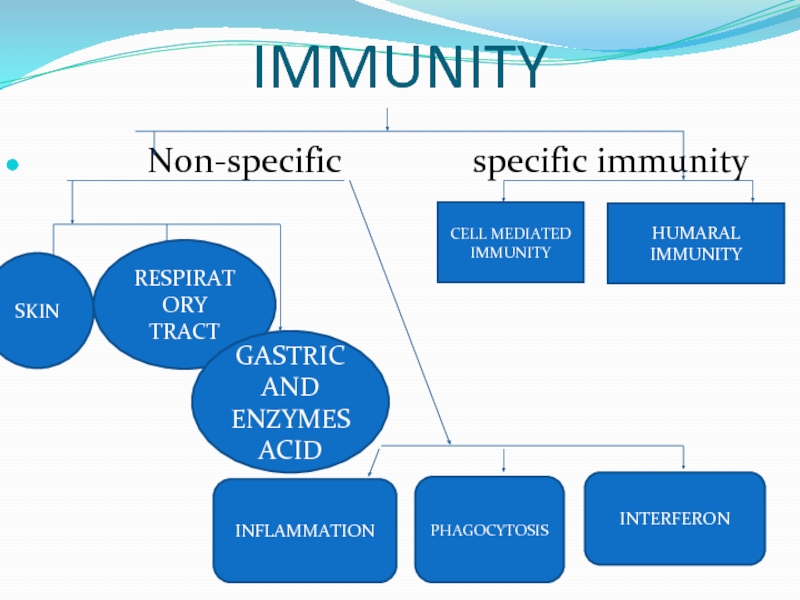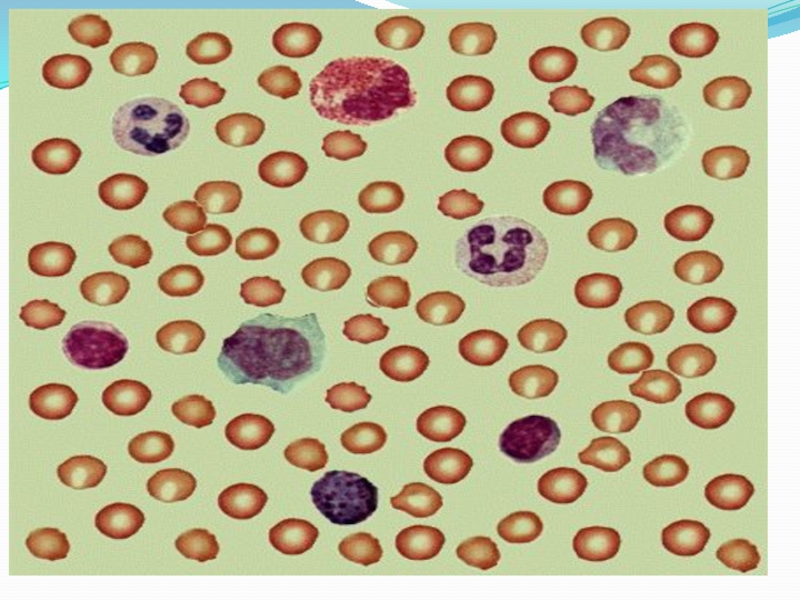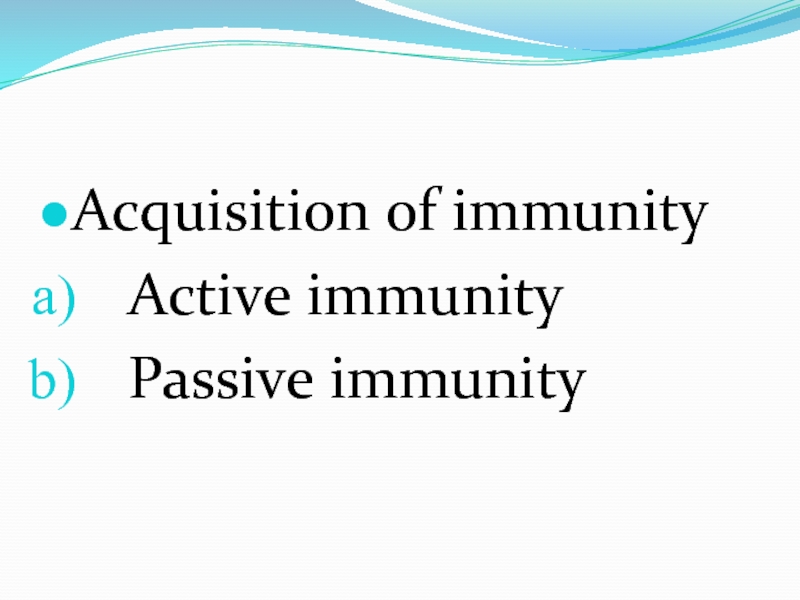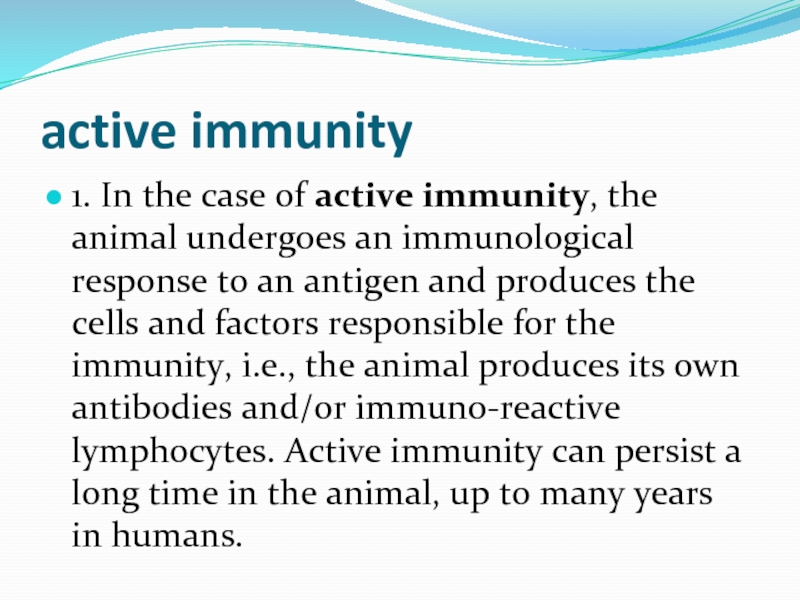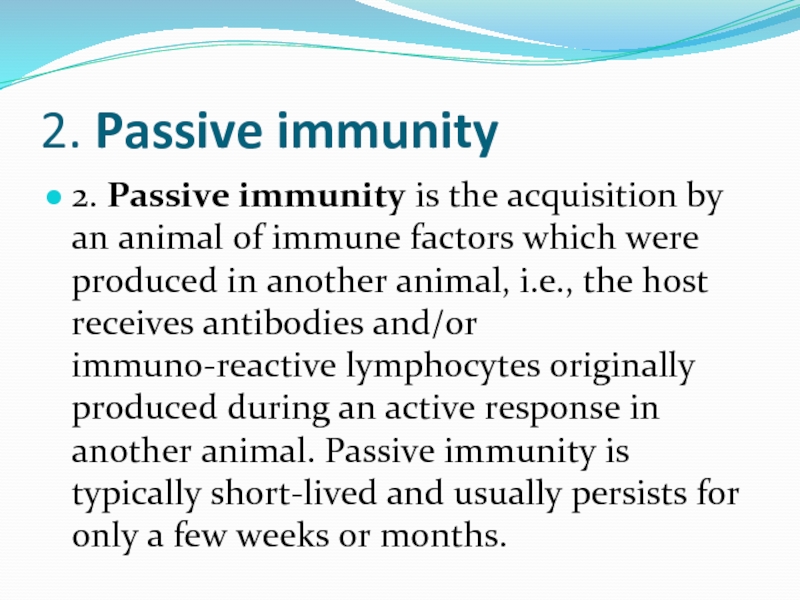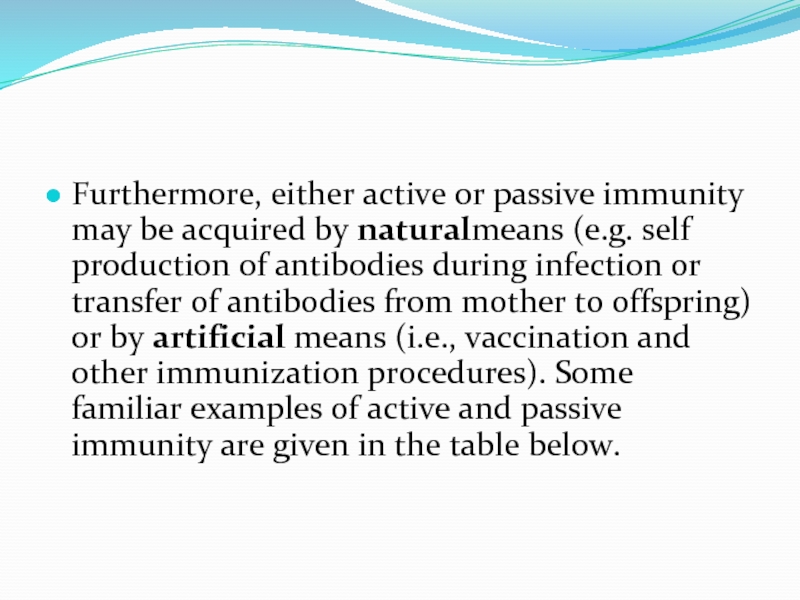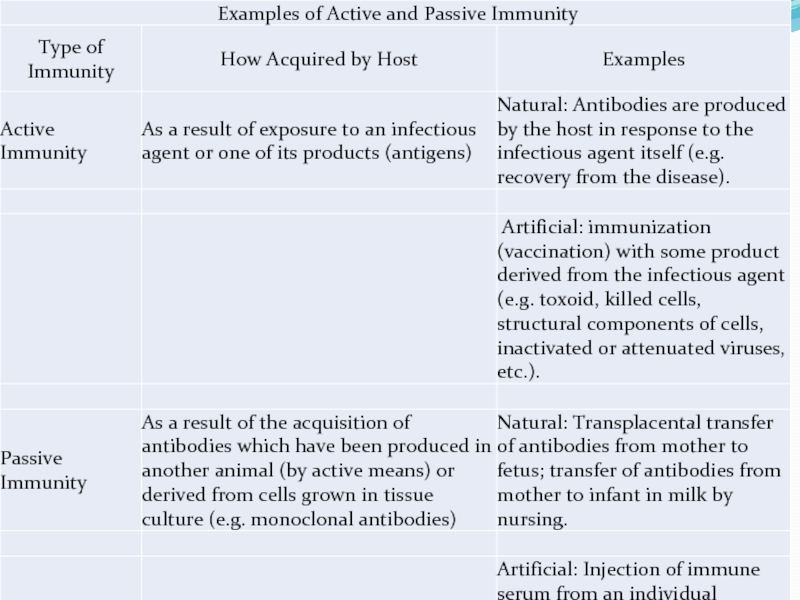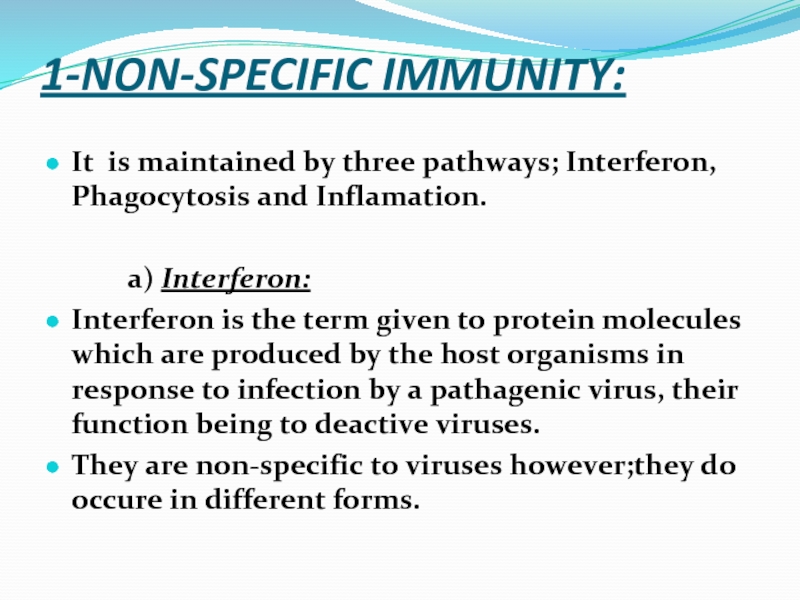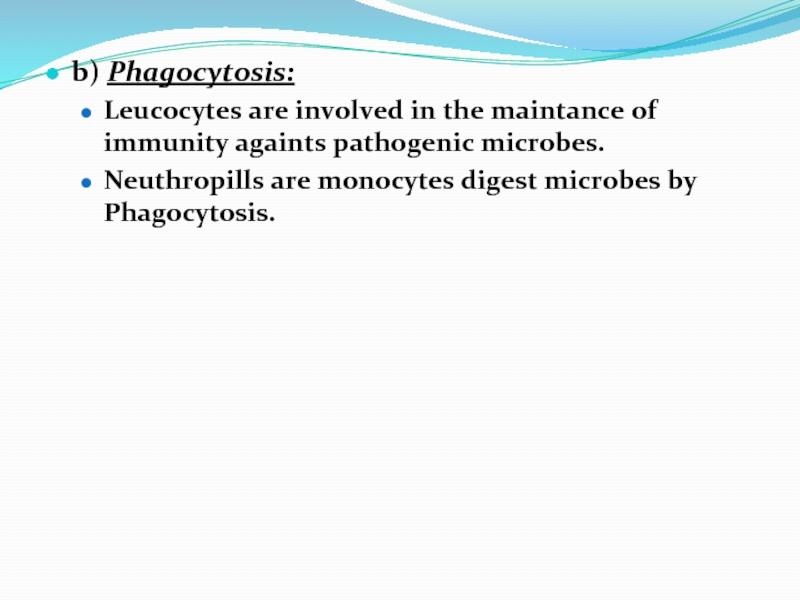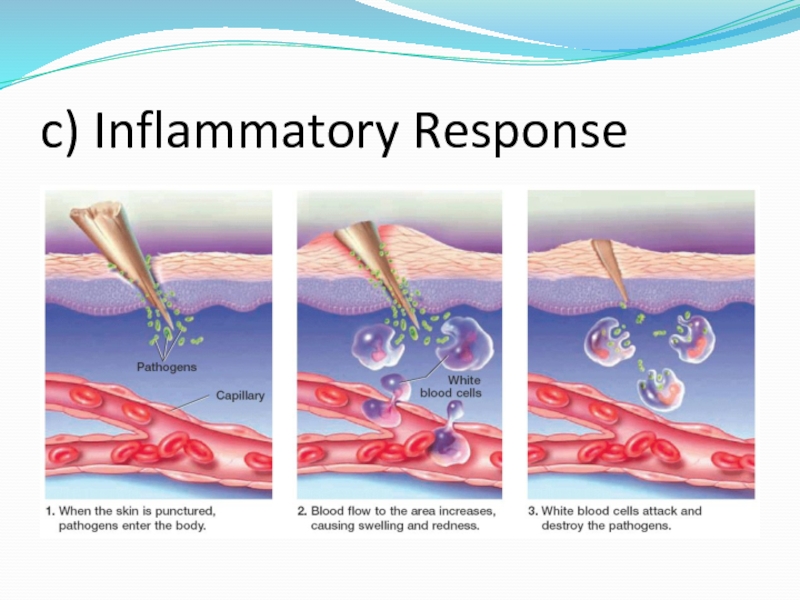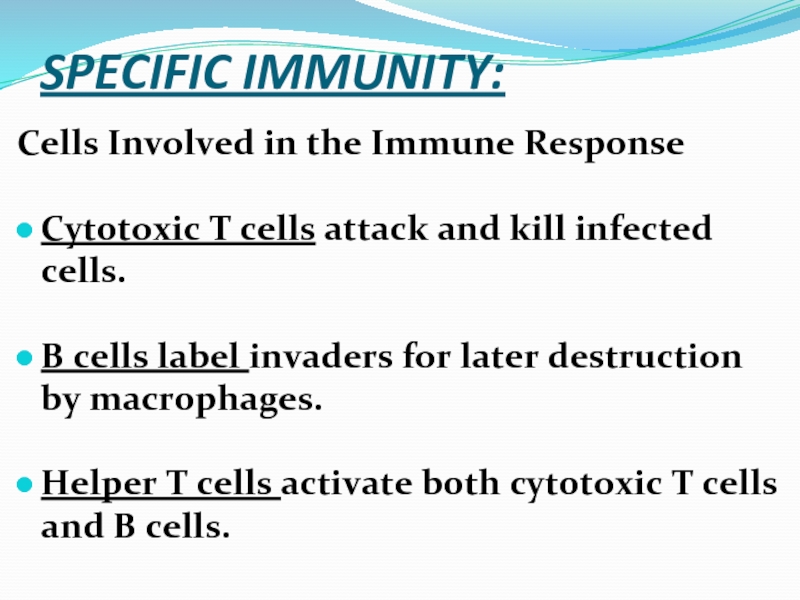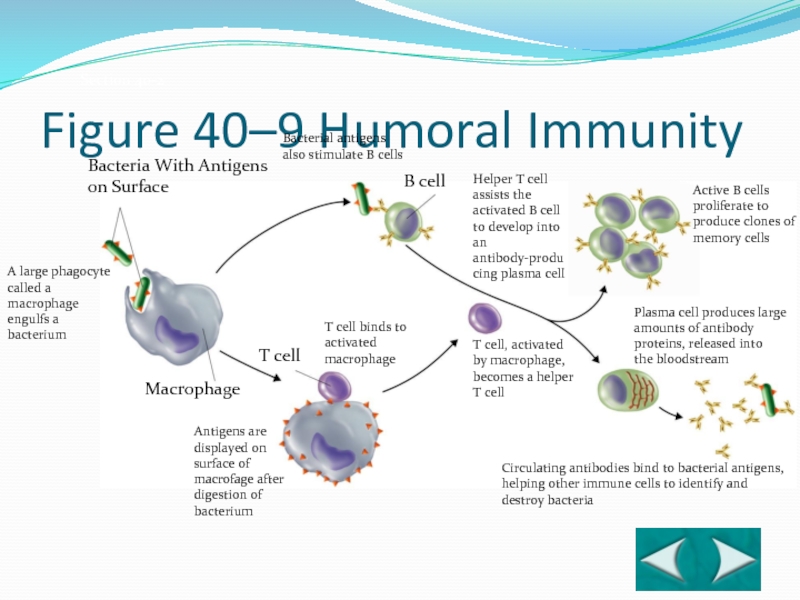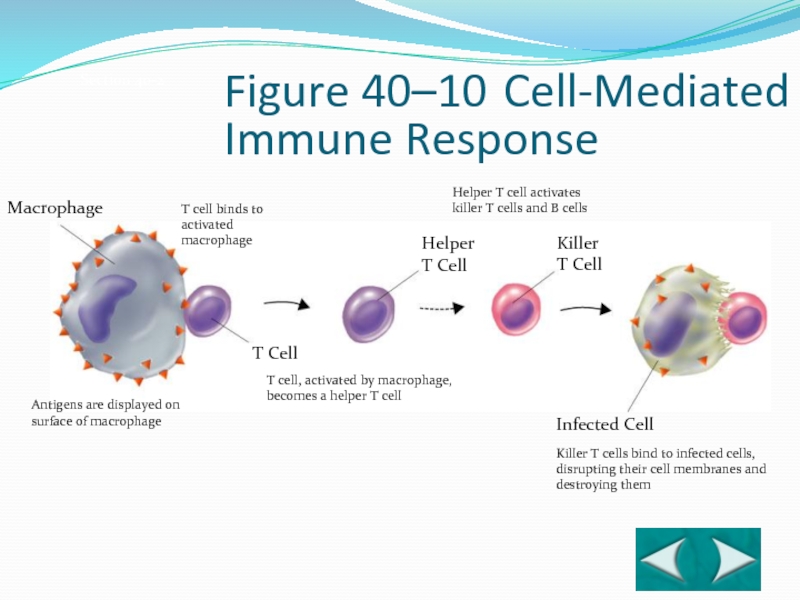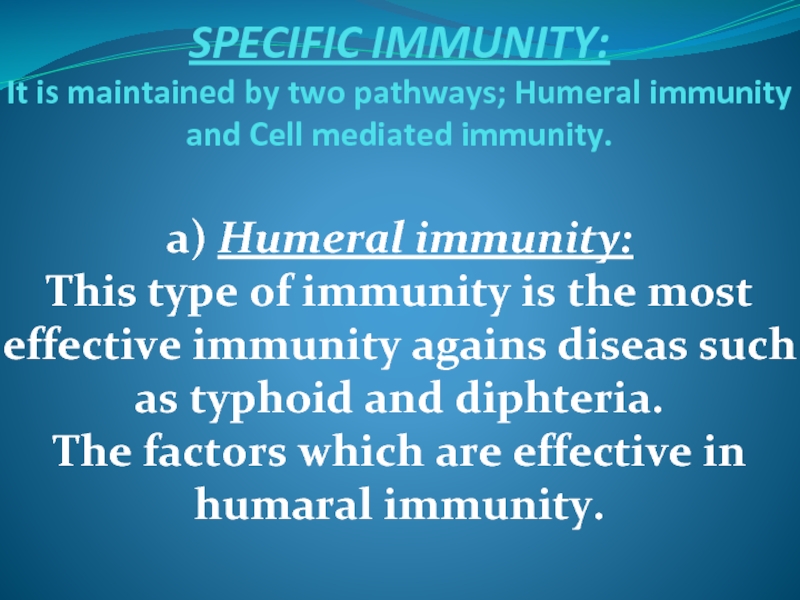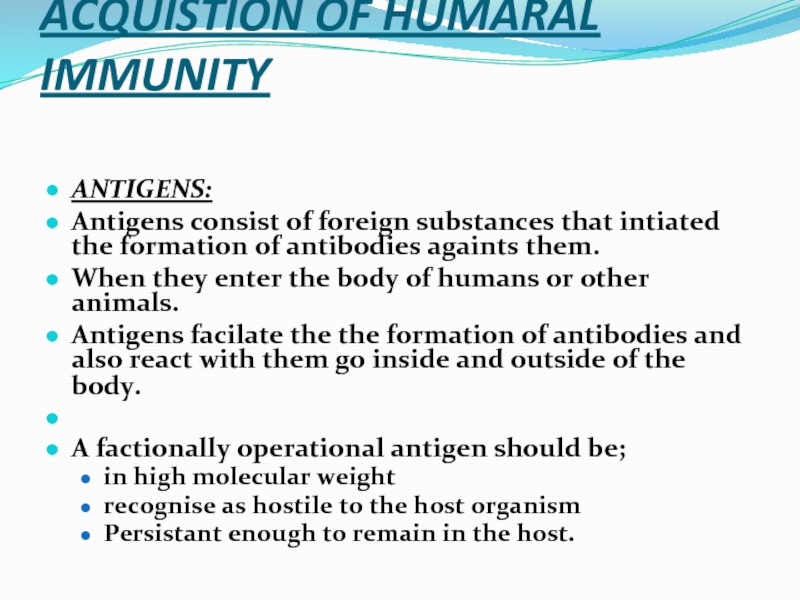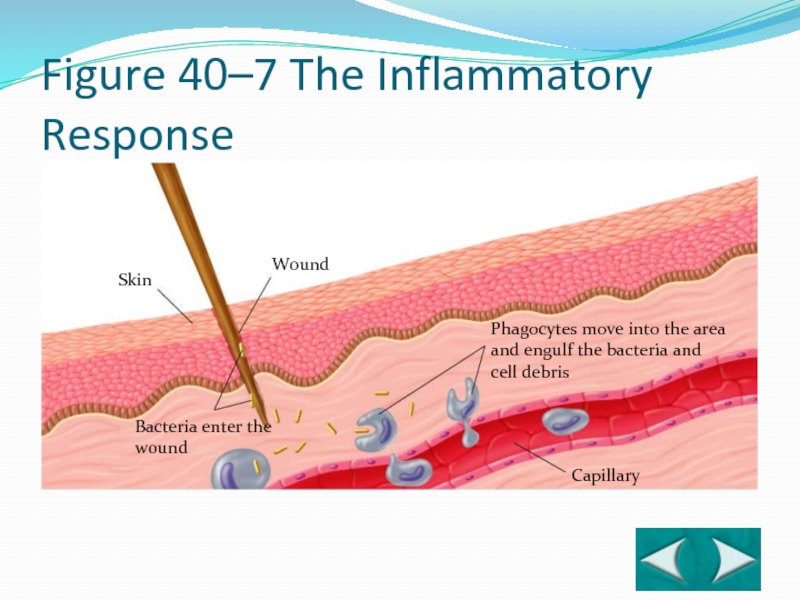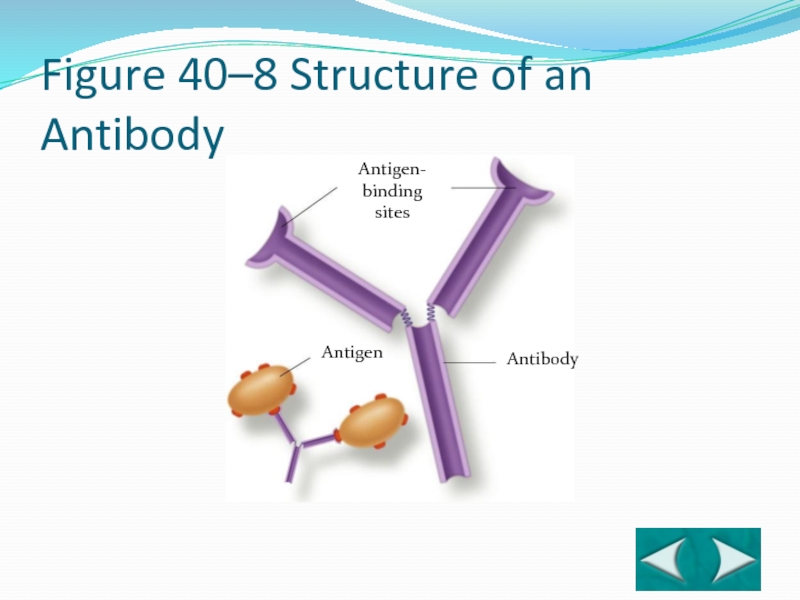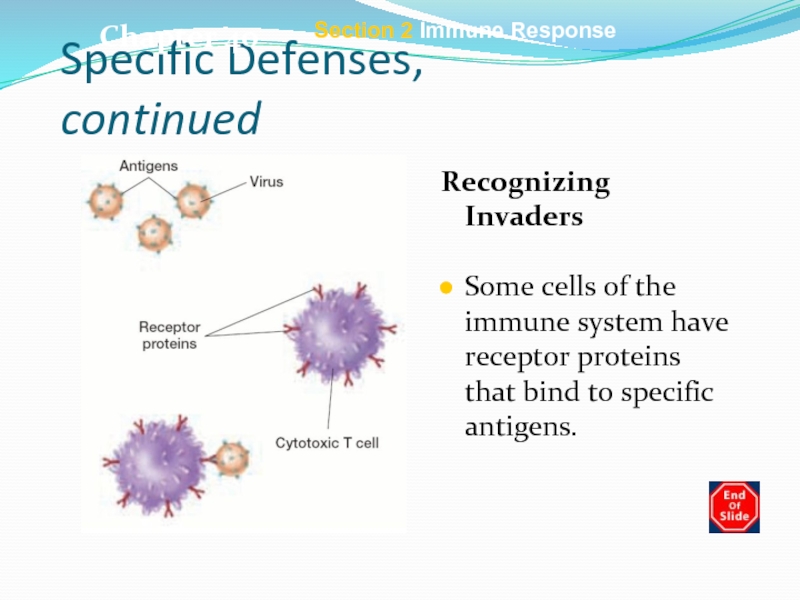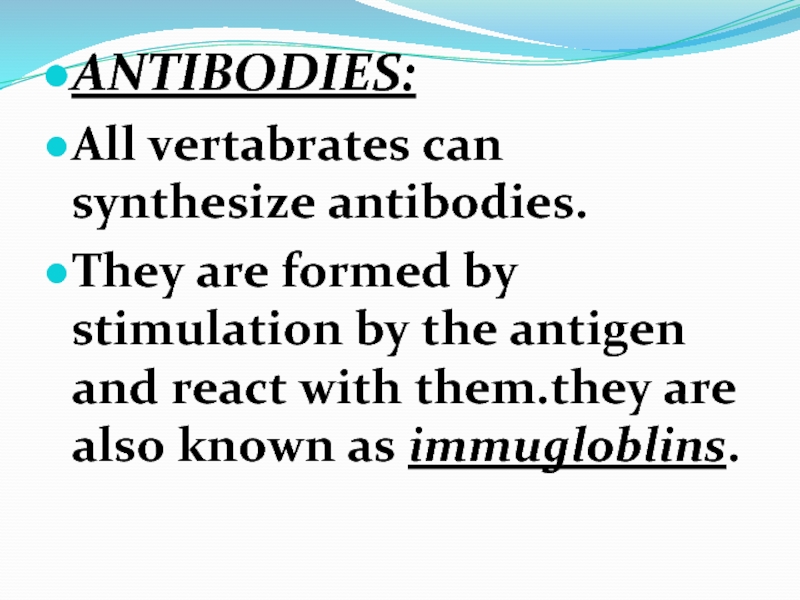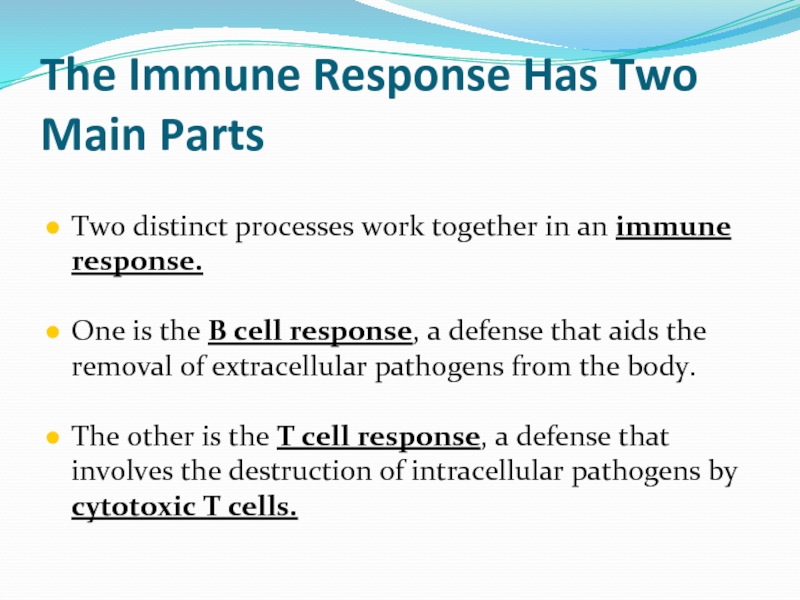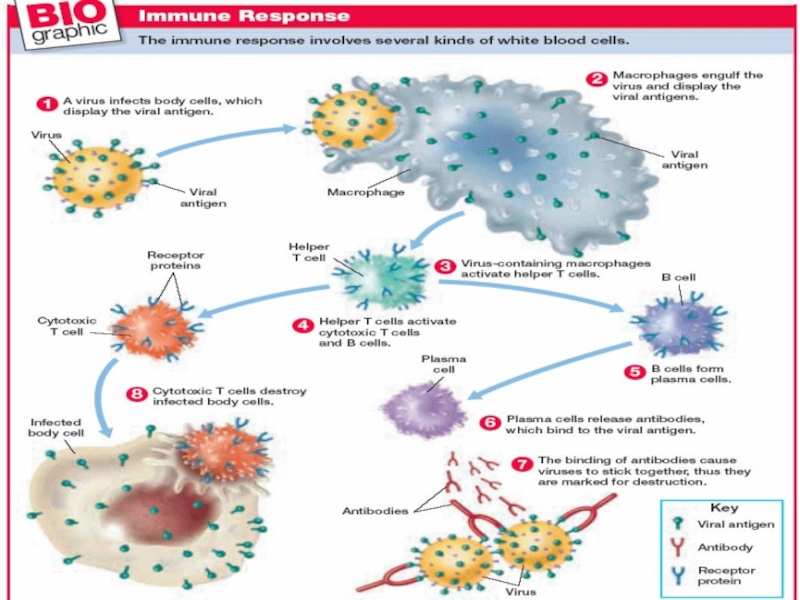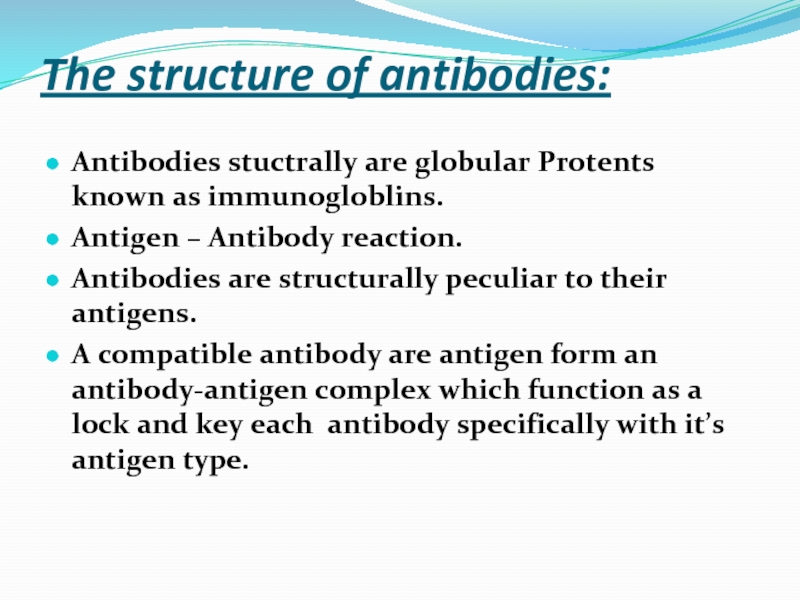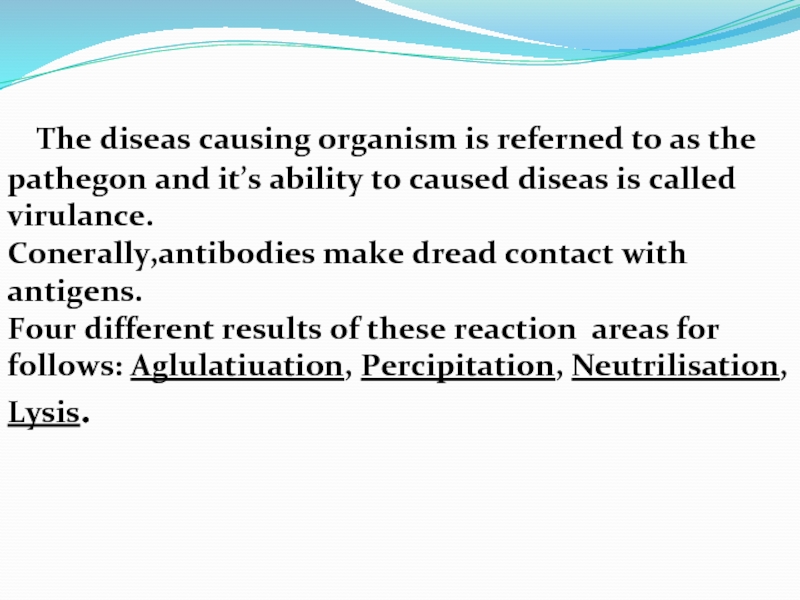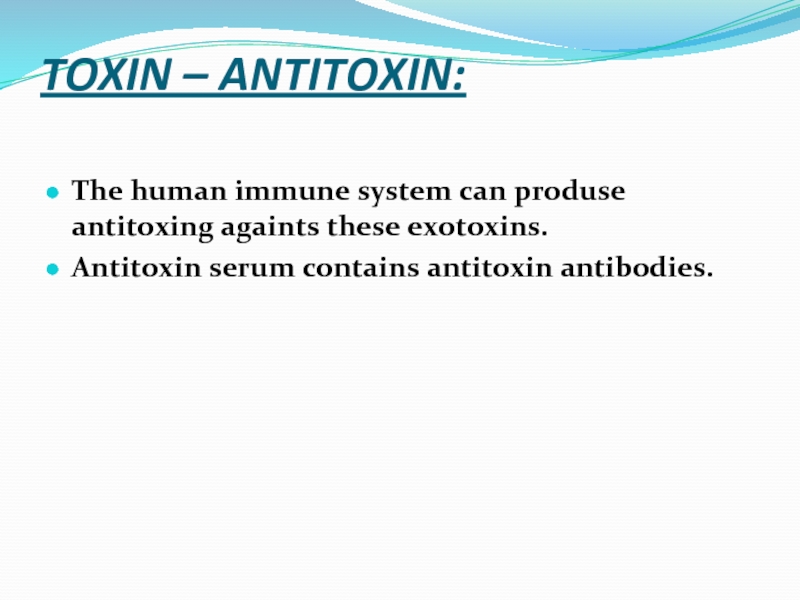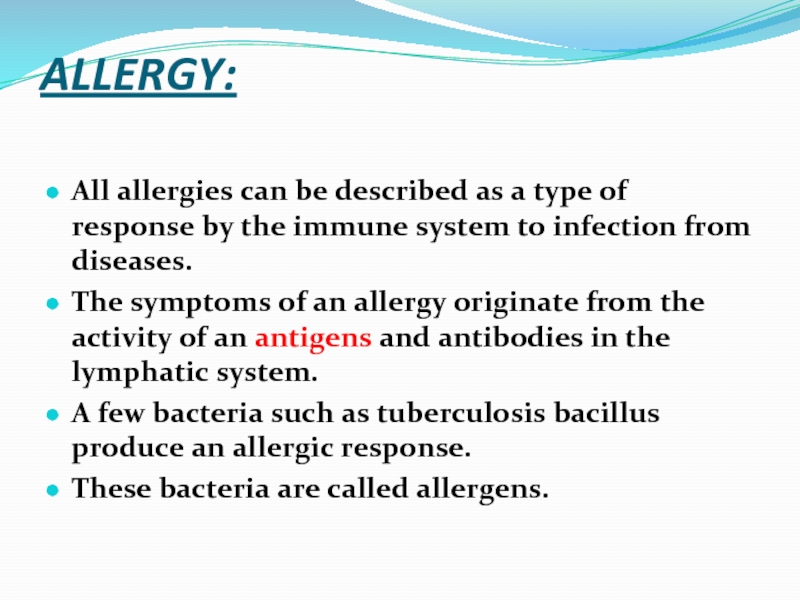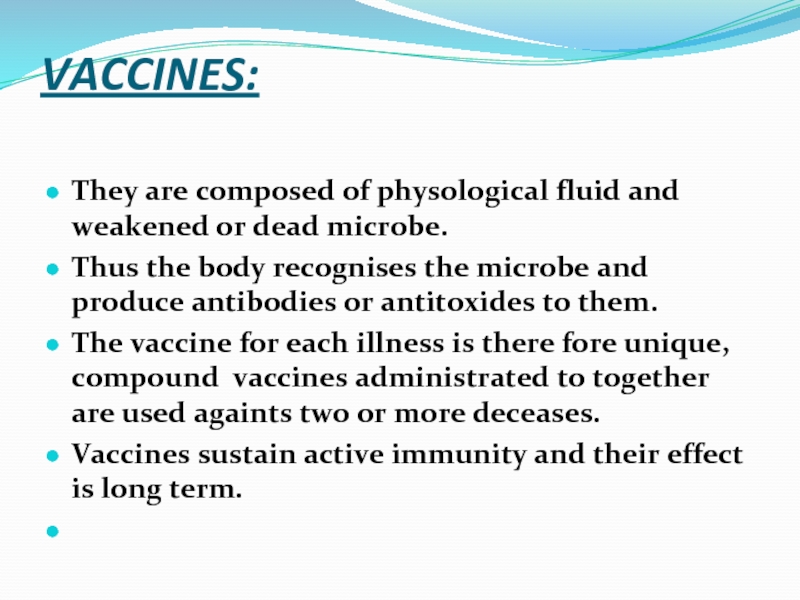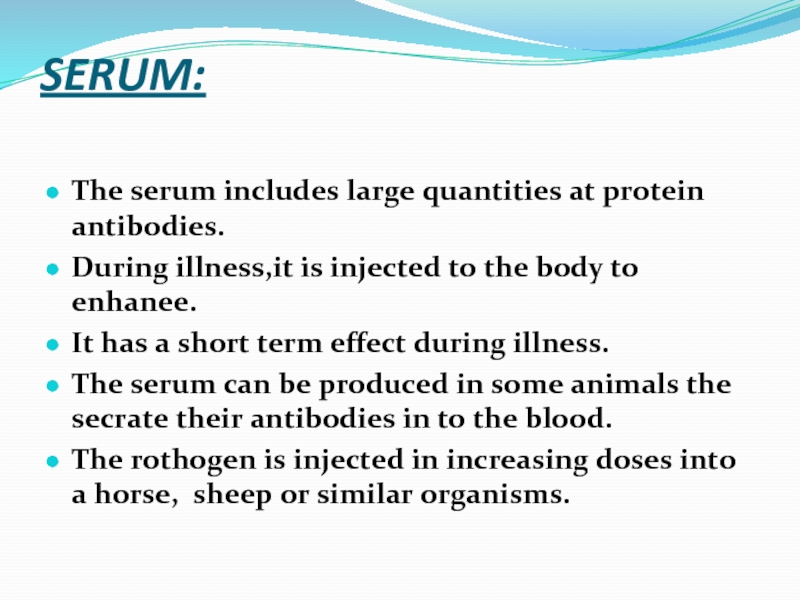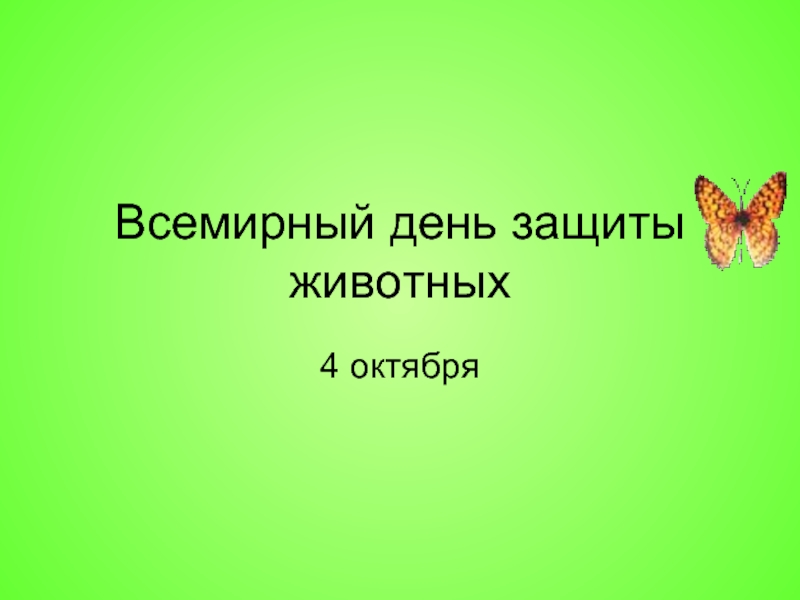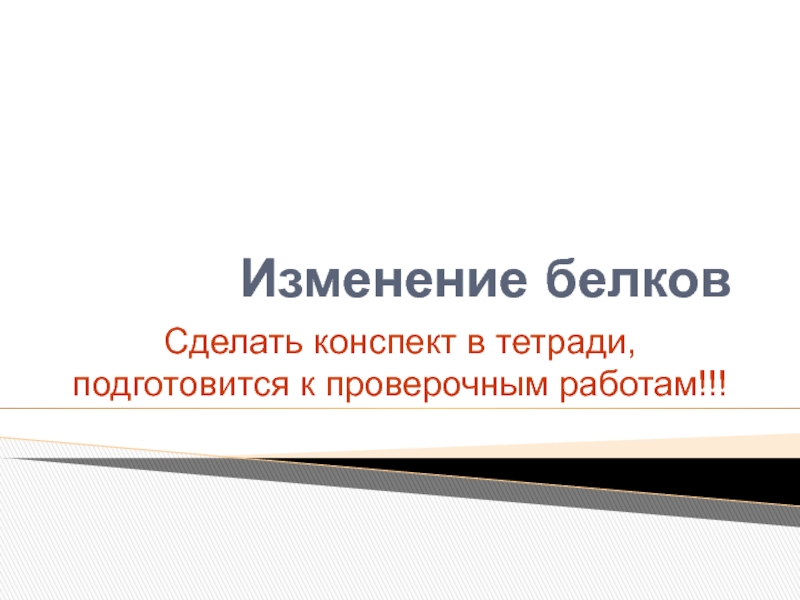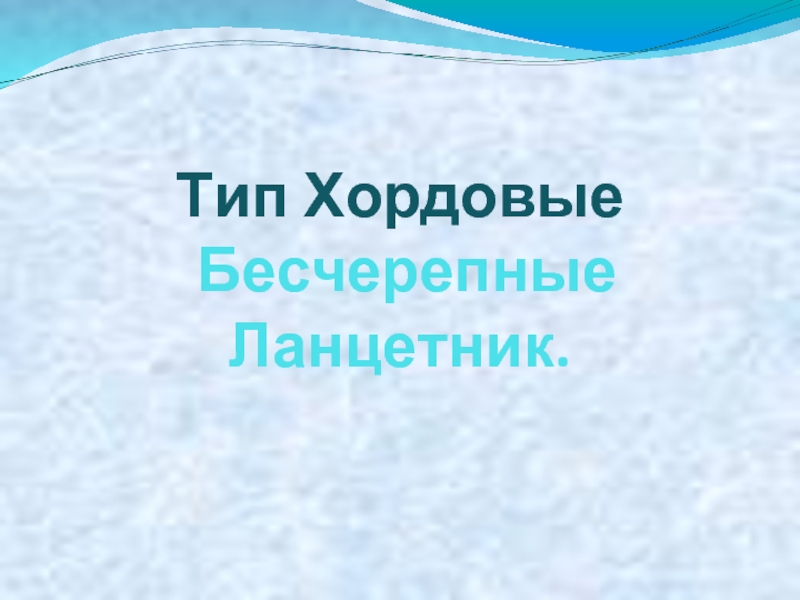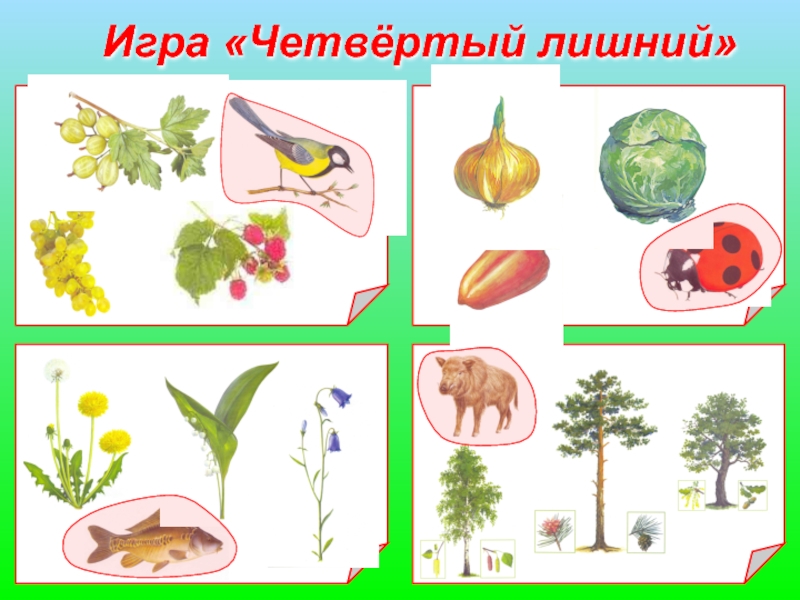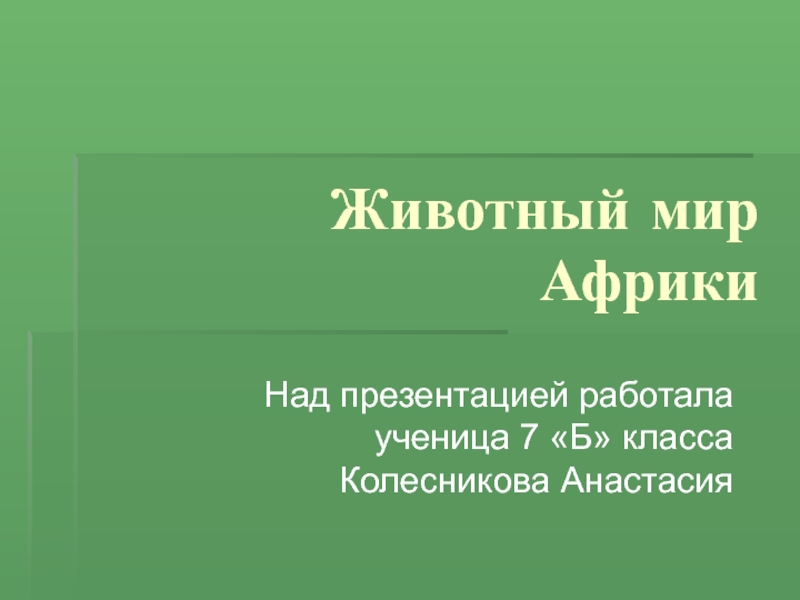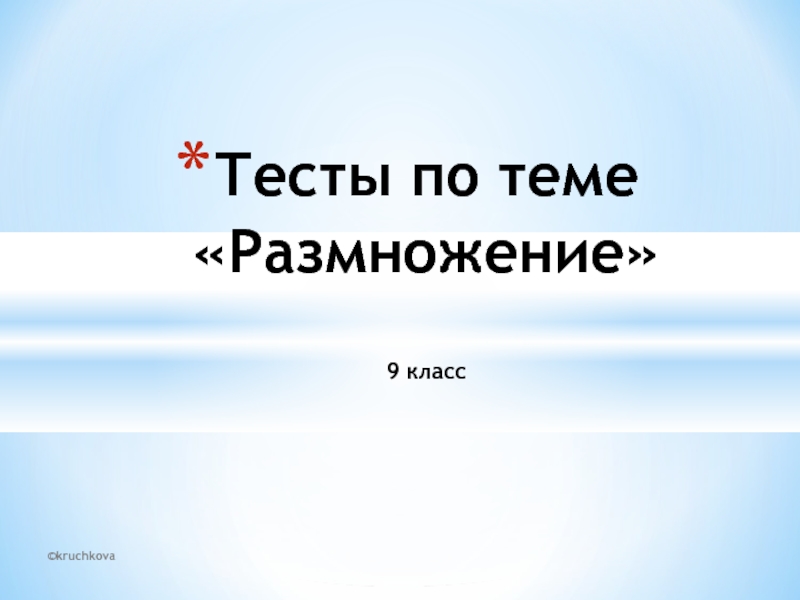- Главная
- Разное
- Дизайн
- Бизнес и предпринимательство
- Аналитика
- Образование
- Развлечения
- Красота и здоровье
- Финансы
- Государство
- Путешествия
- Спорт
- Недвижимость
- Армия
- Графика
- Культурология
- Еда и кулинария
- Лингвистика
- Английский язык
- Астрономия
- Алгебра
- Биология
- География
- Детские презентации
- Информатика
- История
- Литература
- Маркетинг
- Математика
- Медицина
- Менеджмент
- Музыка
- МХК
- Немецкий язык
- ОБЖ
- Обществознание
- Окружающий мир
- Педагогика
- Русский язык
- Технология
- Физика
- Философия
- Химия
- Шаблоны, картинки для презентаций
- Экология
- Экономика
- Юриспруденция
Immunty system презентация
Содержание
- 1. Immunty system
- 2. ORGANS OF IMMUNITY SYSTEM 1-Spleen 2-Lymph
- 3. Spleen The spleen involved in; - Degradation
- 5. TYPES OF IMMUNITY
- 6. IMMUNITY
- 8. Acquisition of immunity Active immunity Passive immunity
- 9. active immunity 1. In the case of active
- 10. 2. Passive immunity 2. Passive immunity is the acquisition by
- 11. Furthermore, either active or passive immunity
- 13. 1-NON-SPECIFIC IMMUNITY: It is maintained
- 14. b) Phagocytosis: Leucocytes are involved in the
- 15. c) Inflammatory Response
- 16. SPECIFIC IMMUNITY: Cells Involved in the
- 17. Bacteria With Antigens on Surface Macrophage T
- 18. Macrophage T Cell Helper T Cell Killer
- 19. SPECIFIC IMMUNITY: It is maintained by two
- 20. ACQUISTION OF HUMARAL IMMUNITY ANTIGENS: Antigens
- 21. Skin Wound Bacteria enter the wound Phagocytes
- 22. Antigen- binding sites Antigen Antibody Section 40-2 Figure 40–8 Structure of an Antibody
- 23. Specific Defenses, continued Recognizing Invaders Some
- 24. ANTIBODIES: All vertabrates can synthesize antibodies.
- 25. The Immune Response Has Two Main Parts
- 27. The structure of antibodies: Antibodies stuctrally
- 29. TOXIN – ANTITOXIN: The human immune
- 30. ALLERGY: All allergies can be described
- 31. VACCINES: They are composed of physological
- 32. SERUM: The serum includes large quantities
Слайд 2ORGANS OF IMMUNITY SYSTEM
1-Spleen
2-Lymph node
3-Glottis
4-Mucosol node
5-Thymus
6-Reticula – Endothelial System
Слайд 3Spleen
The spleen involved in;
- Degradation of old and dead erythrocytes
- Production
- It is then produce red bone marrow
Слайд 5TYPES OF IMMUNITY
Immunity is maintained by two pathways;
1-Non-
2-Specific immunity.
Слайд 6IMMUNITY
Non-specific
SKIN
RESPIRATORY
TRACT
GASTRIC
AND ENZYMESACID
INFLAMMATION
PHAGOCYTOSIS
INTERFERON
CELL MEDIATED IMMUNITY
HUMARAL IMMUNITY
Слайд 9active immunity
1. In the case of active immunity, the animal undergoes an
Слайд 102. Passive immunity
2. Passive immunity is the acquisition by an animal of immune factors
Слайд 11
Furthermore, either active or passive immunity may be acquired by naturalmeans (e.g.
Слайд 131-NON-SPECIFIC IMMUNITY:
It is maintained by three pathways; Interferon, Phagocytosis and
a) Interferon:
Interferon is the term given to protein molecules which are produced by the host organisms in response to infection by a pathagenic virus, their function being to deactive viruses.
They are non-specific to viruses however;they do occure in different forms.
Слайд 14b) Phagocytosis:
Leucocytes are involved in the maintance of immunity againts pathogenic
Neuthropills are monocytes digest microbes by Phagocytosis.
Слайд 16SPECIFIC IMMUNITY:
Cells Involved in the Immune Response
Cytotoxic T cells attack and
B cells label invaders for later destruction by macrophages.
Helper T cells activate both cytotoxic T cells and B cells.
Слайд 17Bacteria With Antigens on Surface
Macrophage
T cell
B cell
A large phagocyte called a
Circulating antibodies bind to bacterial antigens, helping other immune cells to identify and destroy bacteria
Active B cells proliferate to produce clones of memory cells
Helper T cell assists the activated B cell to develop into an antibody-producing plasma cell
T cell, activated by macrophage, becomes a helper T cell
Antigens are displayed on surface of macrofage after digestion of bacterium
T cell binds to activated macrophage
Section 40-2
Figure 40–9 Humoral Immunity
Bacterial antigens
also stimulate B cells
Plasma cell produces large amounts of antibody proteins, released into
the bloodstream
Слайд 18Macrophage
T Cell
Helper T Cell
Killer T Cell
Infected Cell
Antigens are displayed on surface
T cell binds to
activated
macrophage
T cell, activated by macrophage, becomes a helper T cell
Helper T cell activates
killer T cells and B cells
Killer T cells bind to infected cells, disrupting their cell membranes and destroying them
Section 40-2
Figure 40–10 Cell-Mediated
Immune Response
Слайд 19SPECIFIC IMMUNITY: It is maintained by two pathways; Humeral immunity and Cell
a) Humeral immunity:
This type of immunity is the most effective immunity agains diseas such as typhoid and diphteria.
The factors which are effective in humaral immunity.
Слайд 20ACQUISTION OF HUMARAL IMMUNITY
ANTIGENS:
Antigens consist of foreign substances that intiated the
When they enter the body of humans or other animals.
Antigens facilate the the formation of antibodies and also react with them go inside and outside of the body.
A factionally operational antigen should be;
in high molecular weight
recognise as hostile to the host organism
Persistant enough to remain in the host.
Слайд 21Skin
Wound
Bacteria enter the wound
Phagocytes move into the area and engulf the
Capillary
Section 40-2
Figure 40–7 The Inflammatory Response
Слайд 23Specific Defenses, continued
Recognizing Invaders
Some cells of the immune system have receptor
Section 2 Immune Response
Chapter 40
Слайд 24ANTIBODIES:
All vertabrates can synthesize antibodies.
They are formed by stimulation by
Слайд 25The Immune Response Has Two Main Parts
Two distinct processes work together
One is the B cell response, a defense that aids the removal of extracellular pathogens from the body.
The other is the T cell response, a defense that involves the destruction of intracellular pathogens by cytotoxic T cells.
Слайд 27The structure of antibodies:
Antibodies stuctrally are globular Protents known as immunogloblins.
Antigen
Antibodies are structurally peculiar to their antigens.
A compatible antibody are antigen form an antibody-antigen complex which function as a lock and key each antibody specifically with it’s antigen type.
Слайд 28
The diseas causing organism is referned to
Conerally,antibodies make dread contact with antigens.
Four different results of these reaction areas for follows: Aglulatiuation, Percipitation, Neutrilisation, Lysis.
Слайд 29TOXIN – ANTITOXIN:
The human immune system can produse antitoxing againts these
Antitoxin serum contains antitoxin antibodies.
Слайд 30ALLERGY:
All allergies can be described as a type of response by
The symptoms of an allergy originate from the activity of an antigens and antibodies in the lymphatic system.
A few bacteria such as tuberculosis bacillus produce an allergic response.
These bacteria are called allergens.
Слайд 31VACCINES:
They are composed of physological fluid and weakened or dead microbe.
Thus the body recognises the microbe and produce antibodies or antitoxides to them.
The vaccine for each illness is there fore unique, compound vaccines administrated to together are used againts two or more deceases.
Vaccines sustain active immunity and their effect is long term.
Слайд 32SERUM:
The serum includes large quantities at protein antibodies.
During illness,it is
It has a short term effect during illness.
The serum can be produced in some animals the secrate their antibodies in to the blood.
The rothogen is injected in increasing doses into a horse, sheep or similar organisms.
